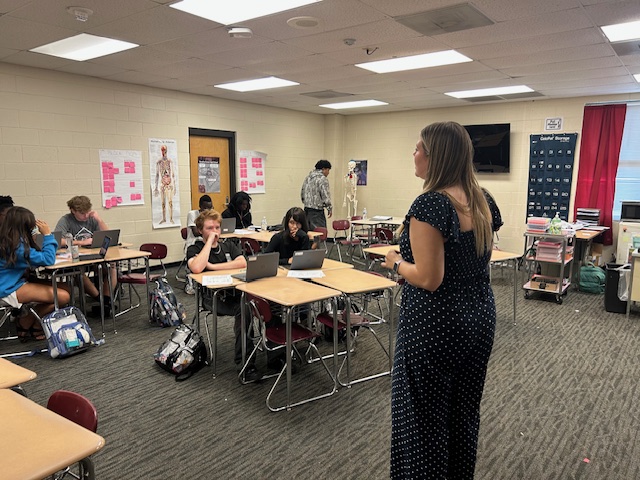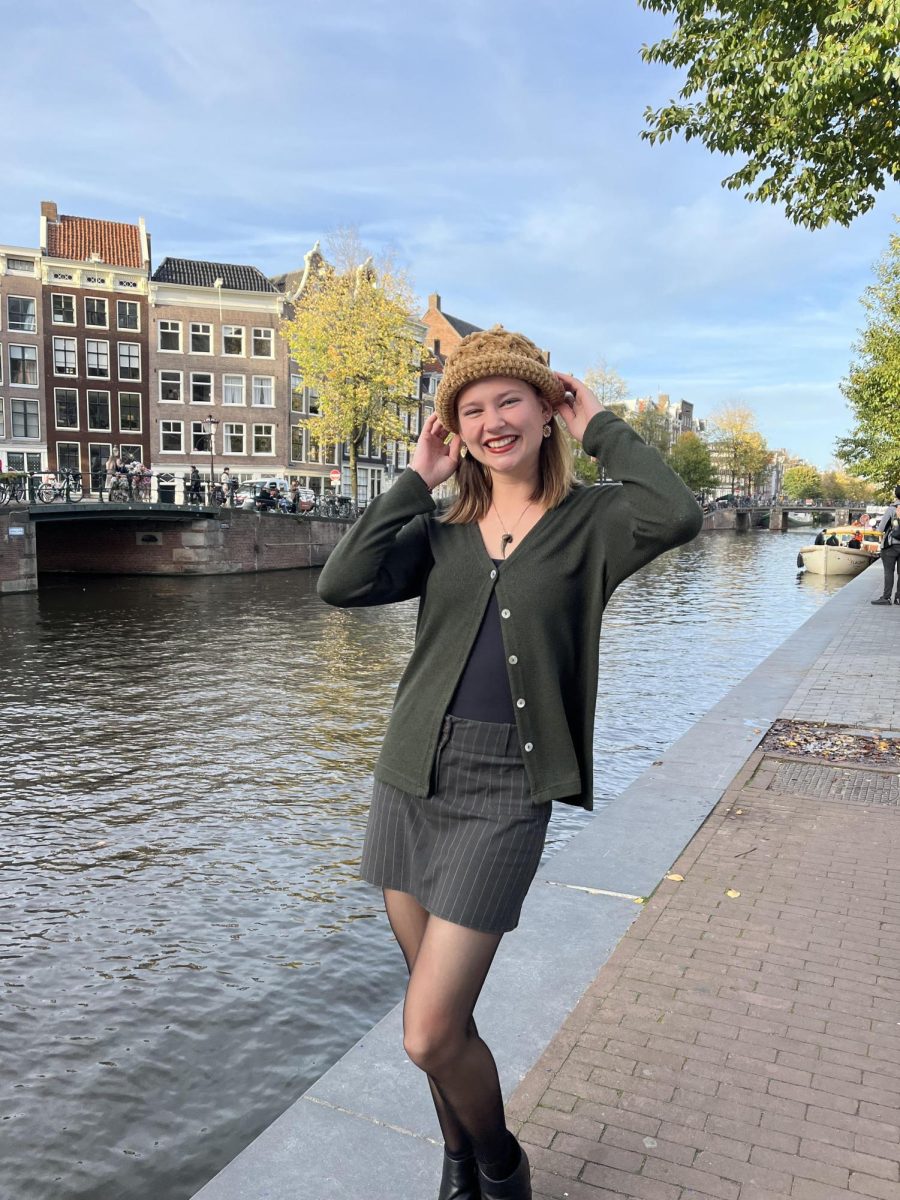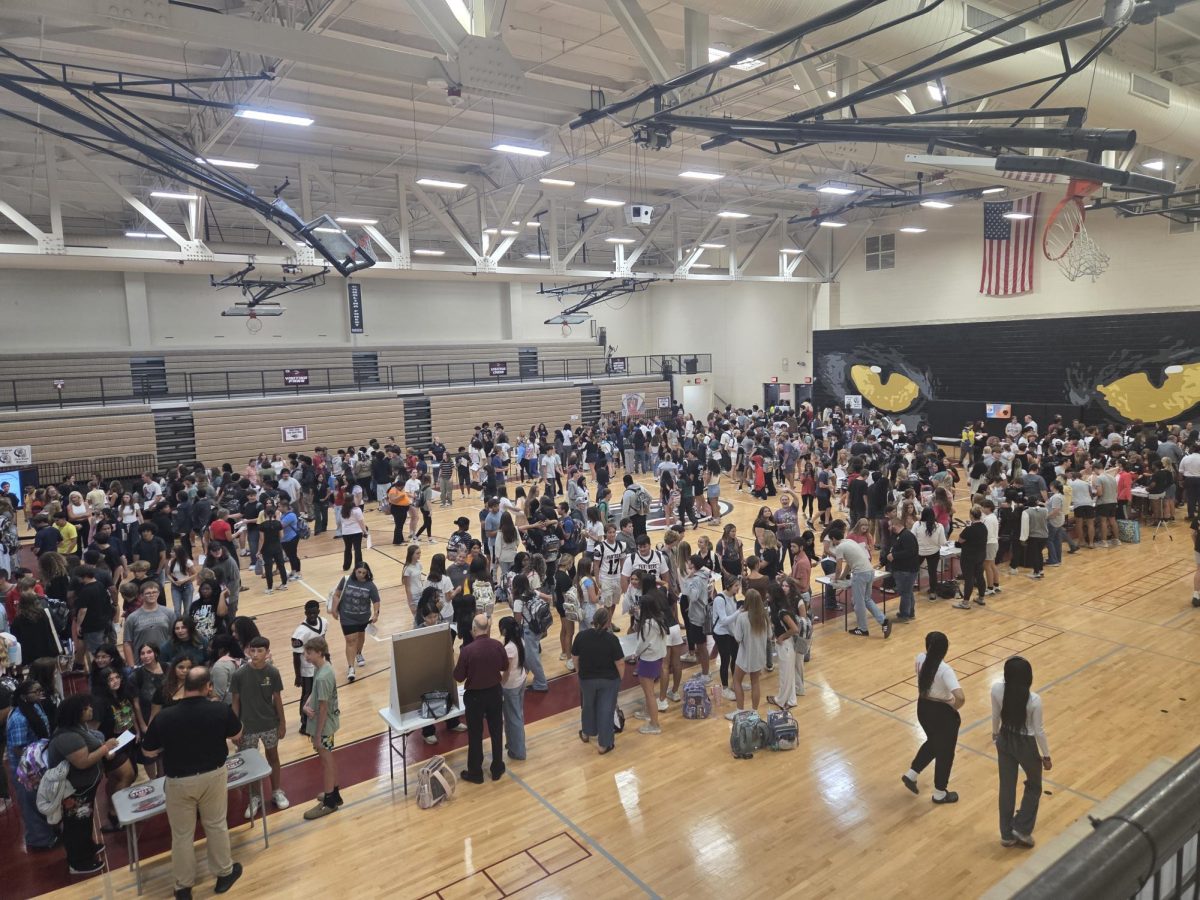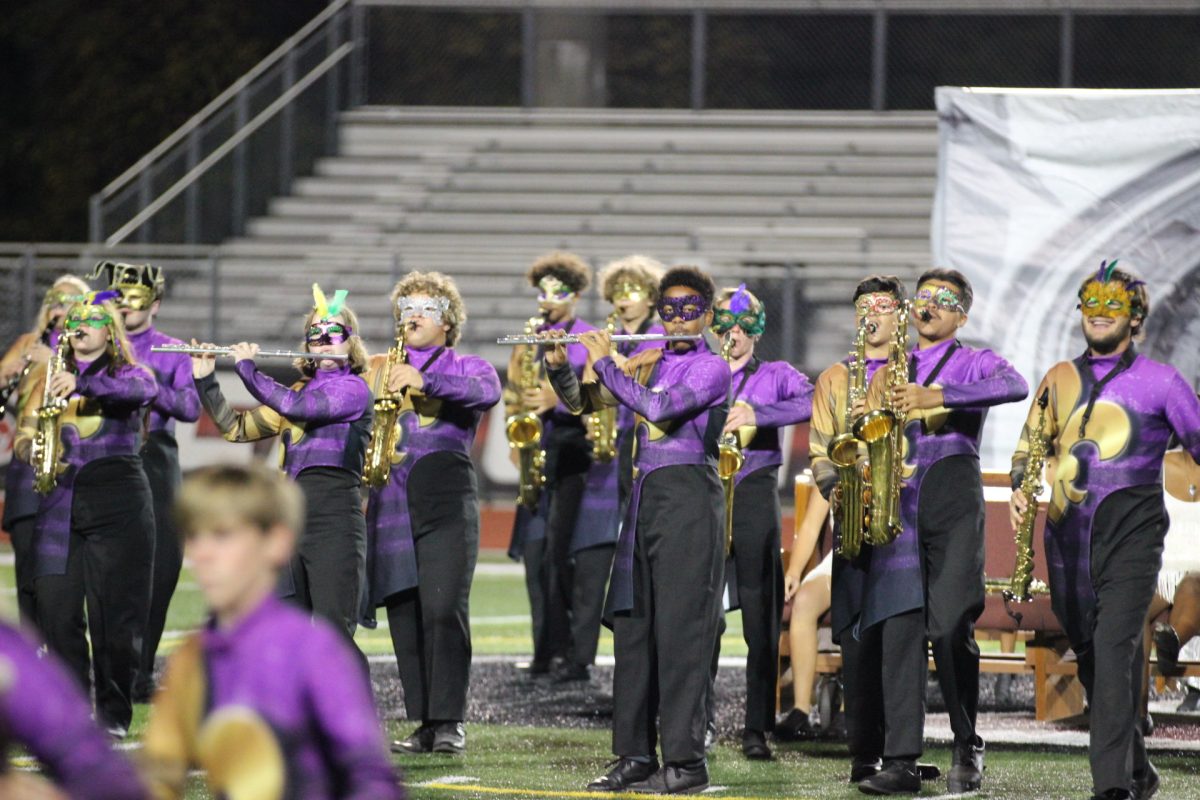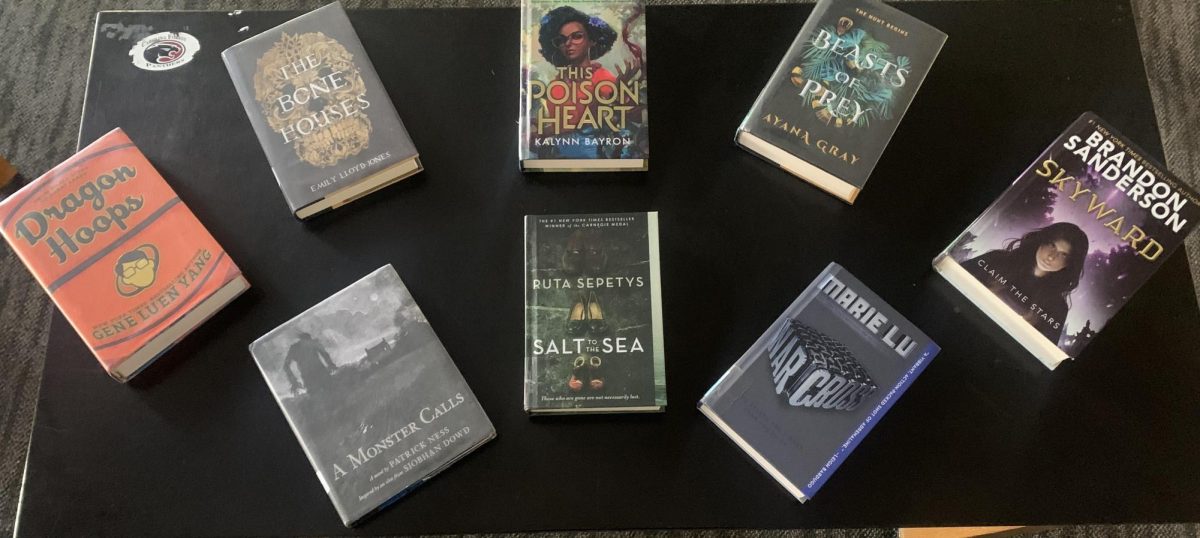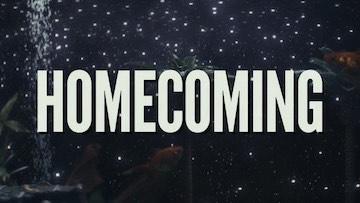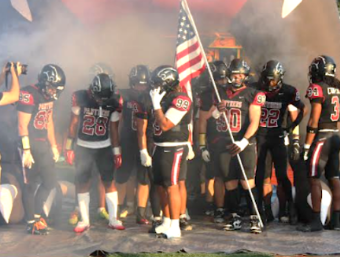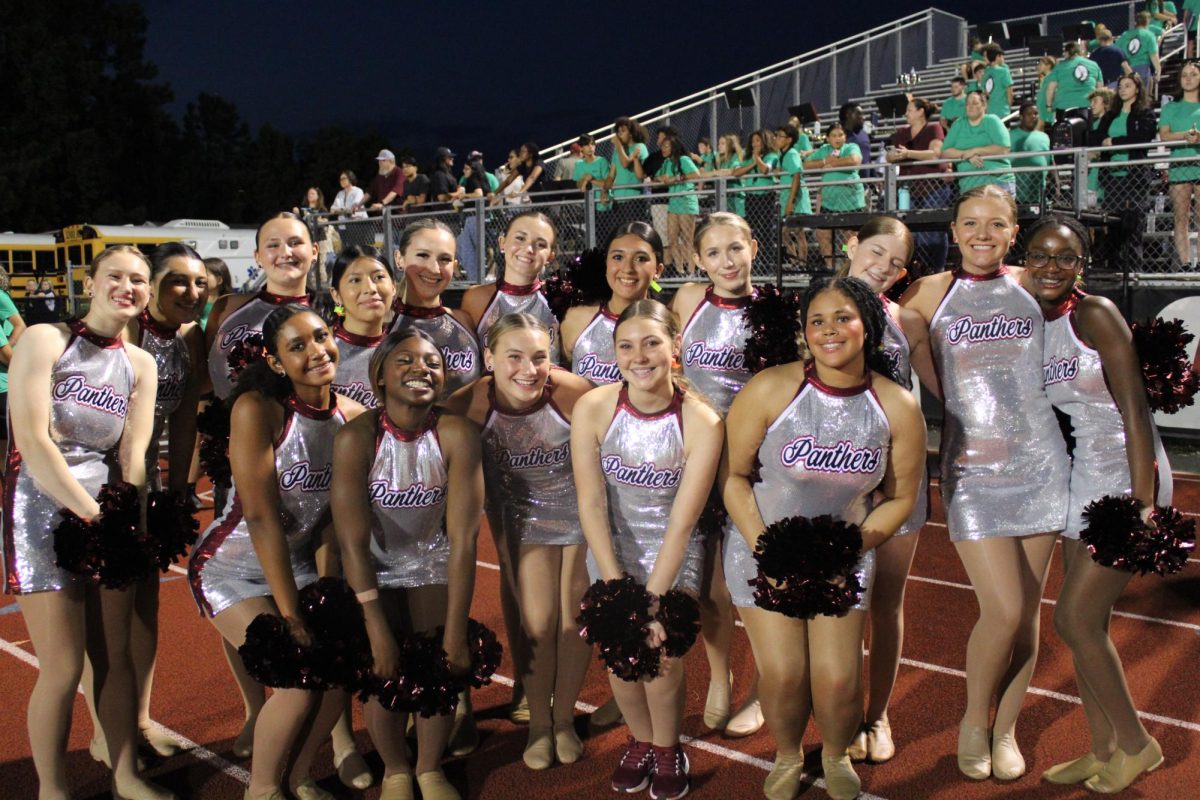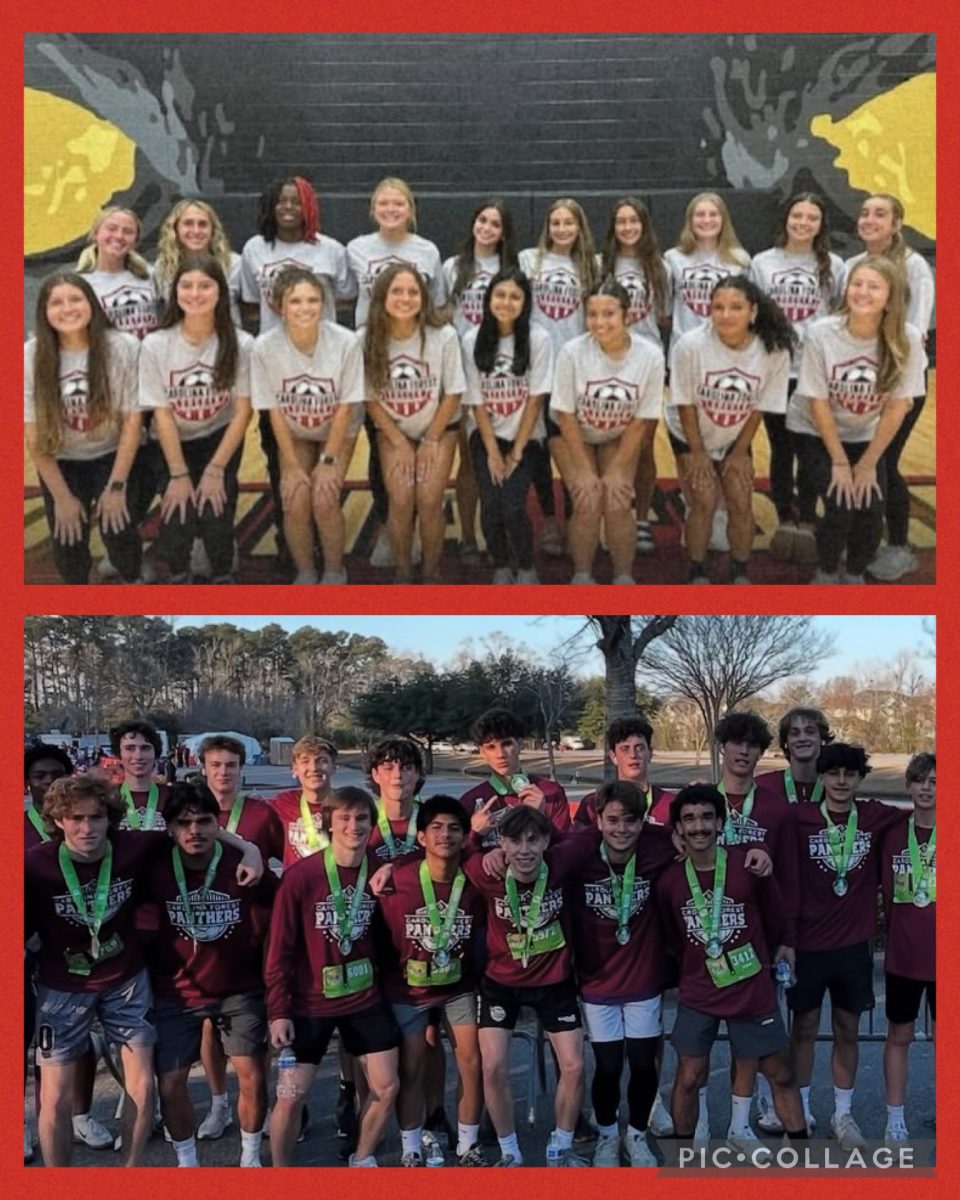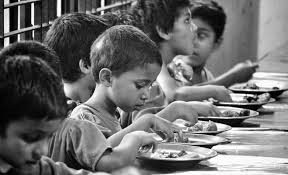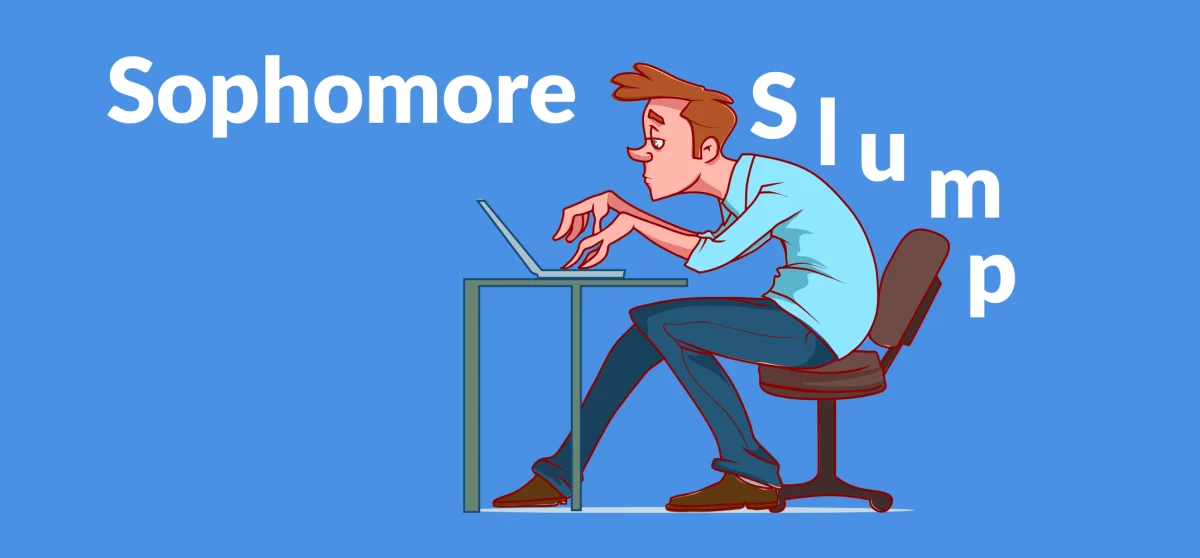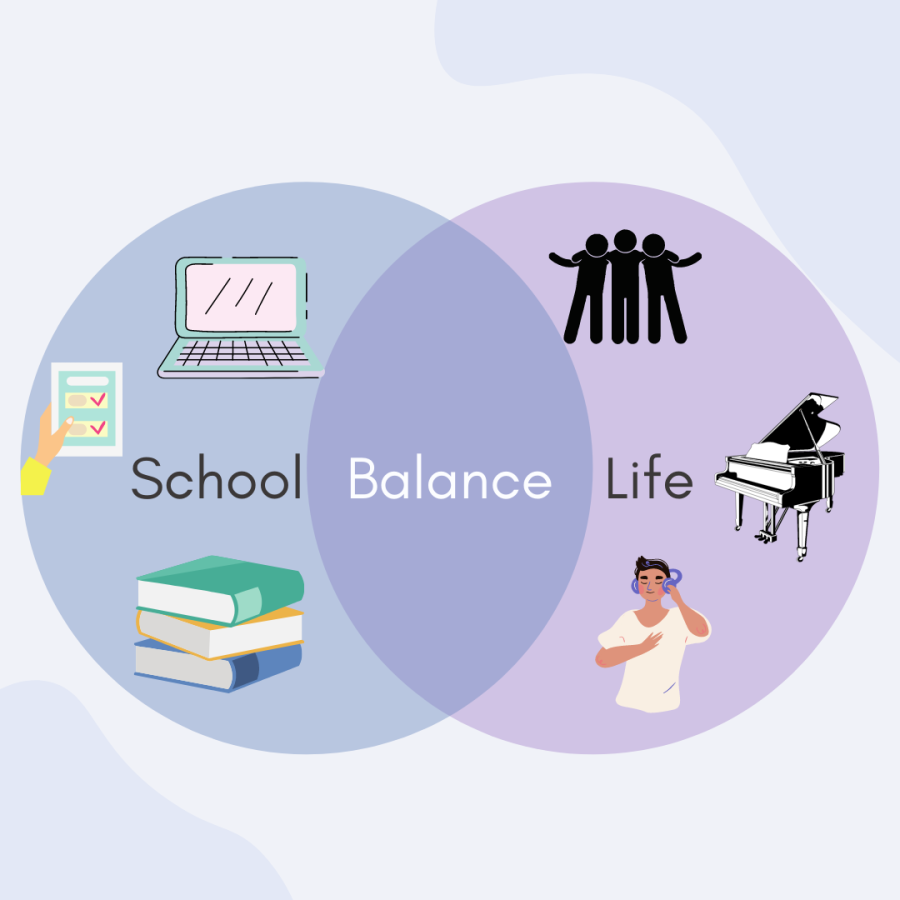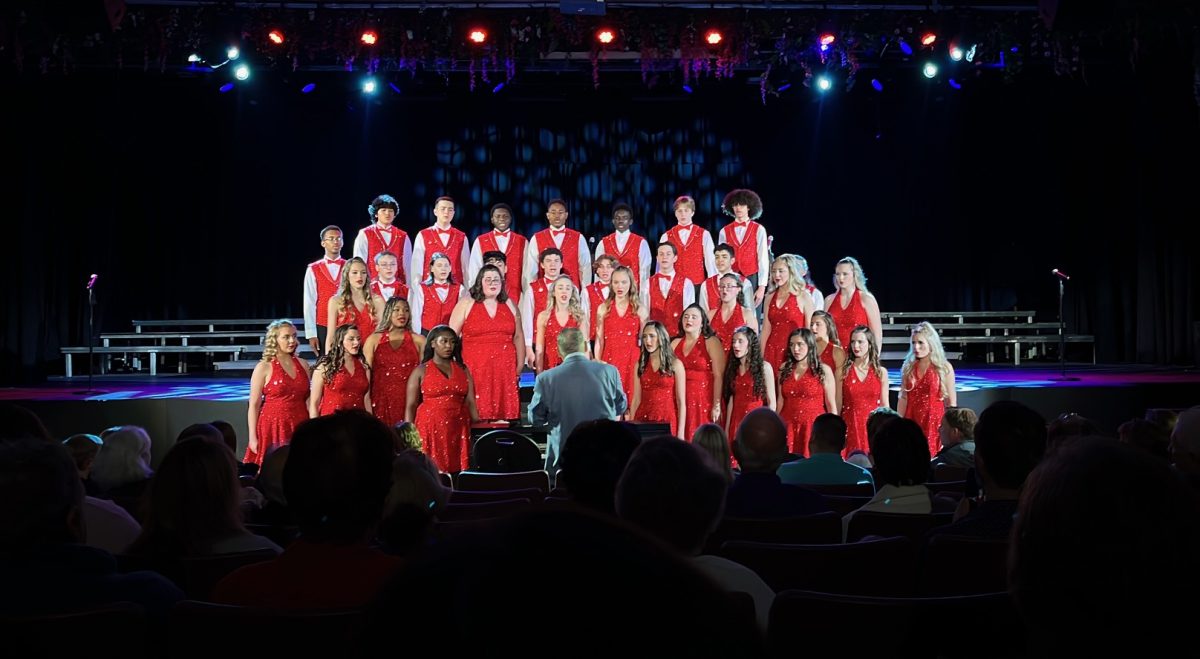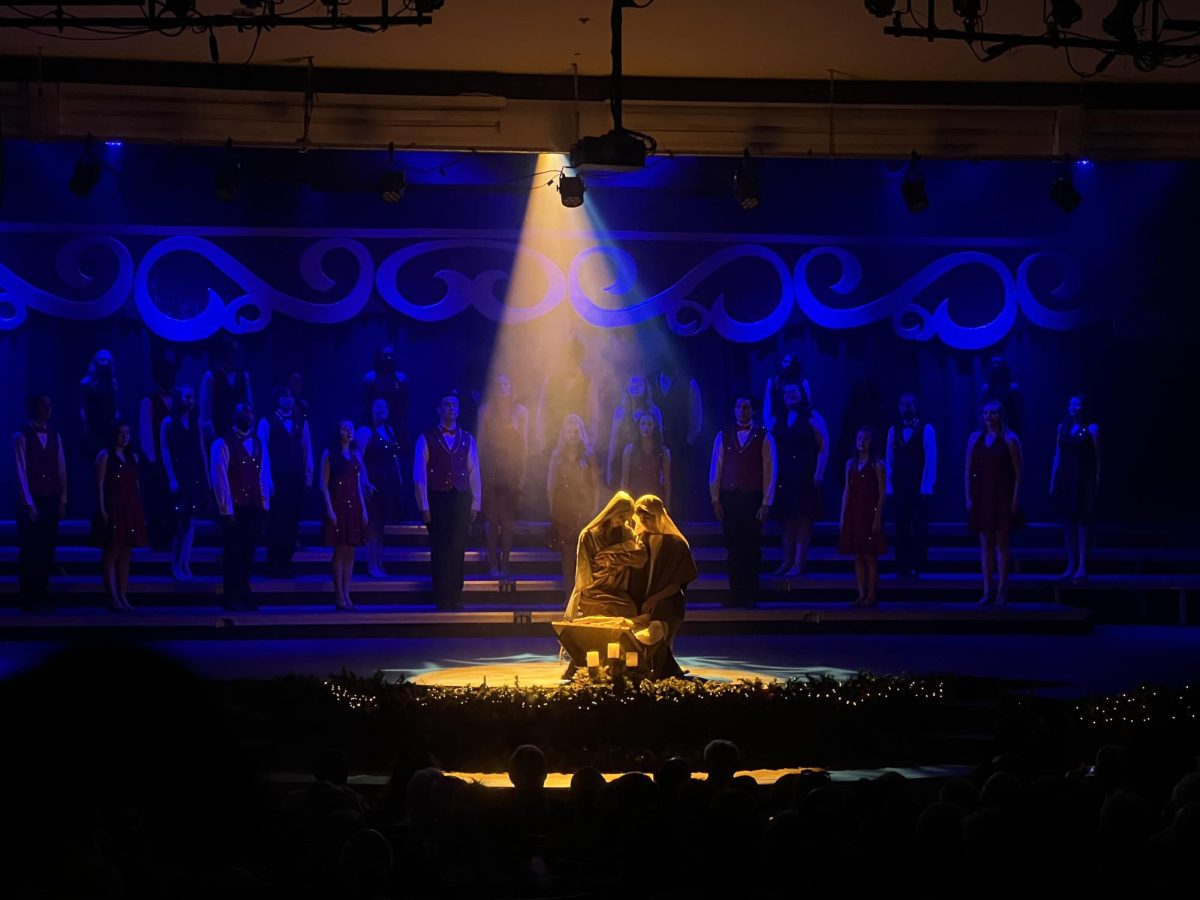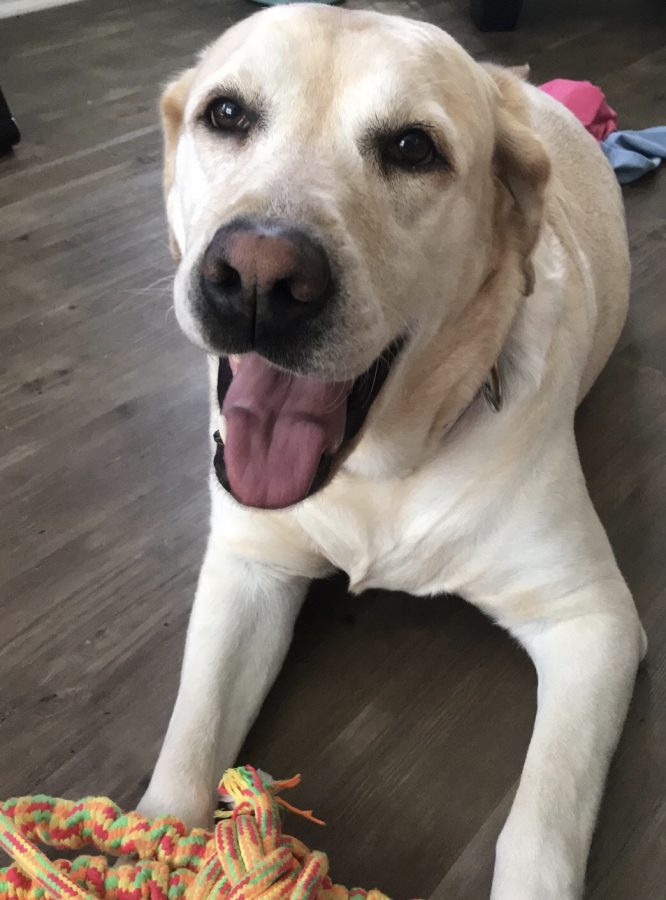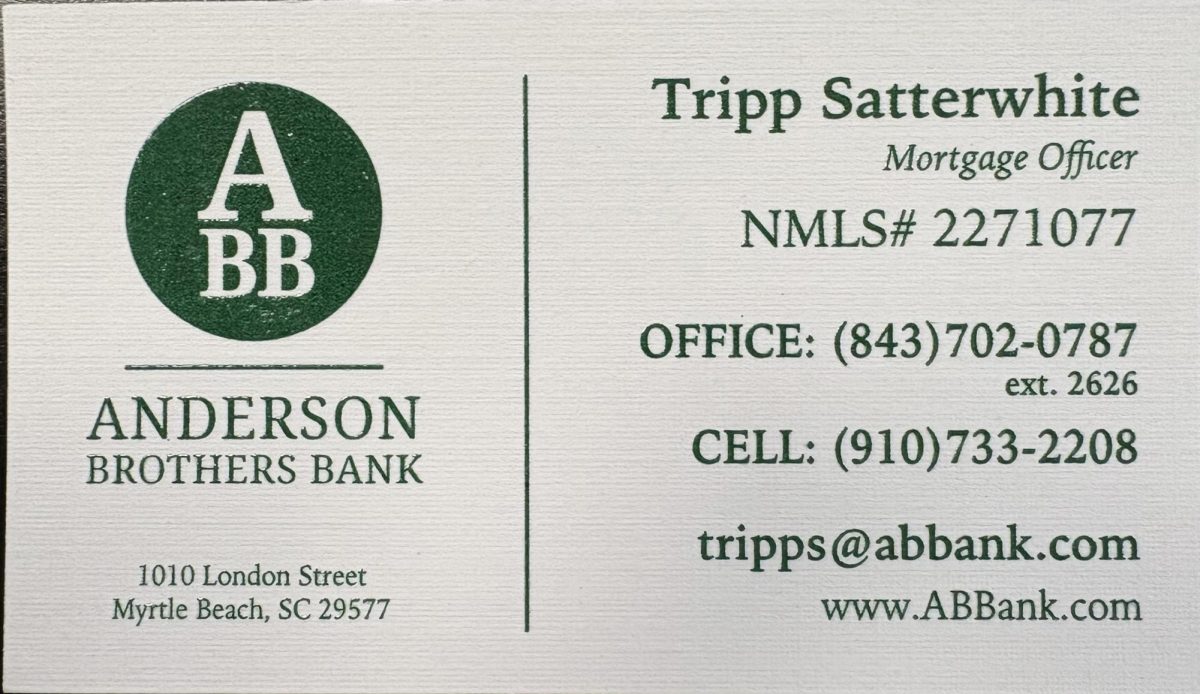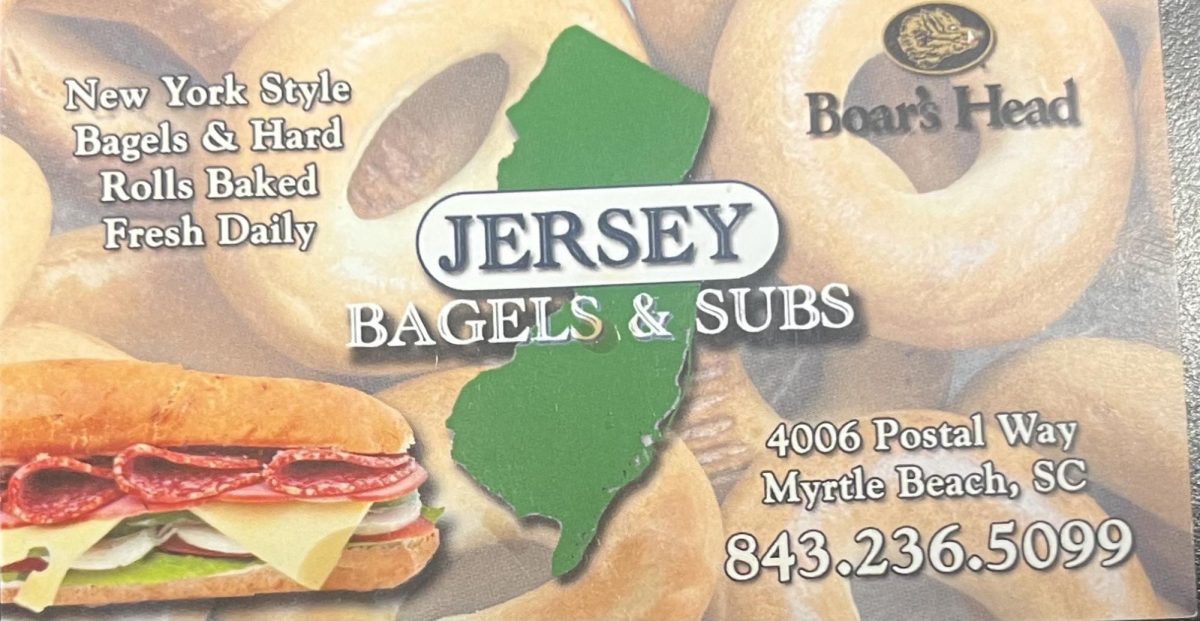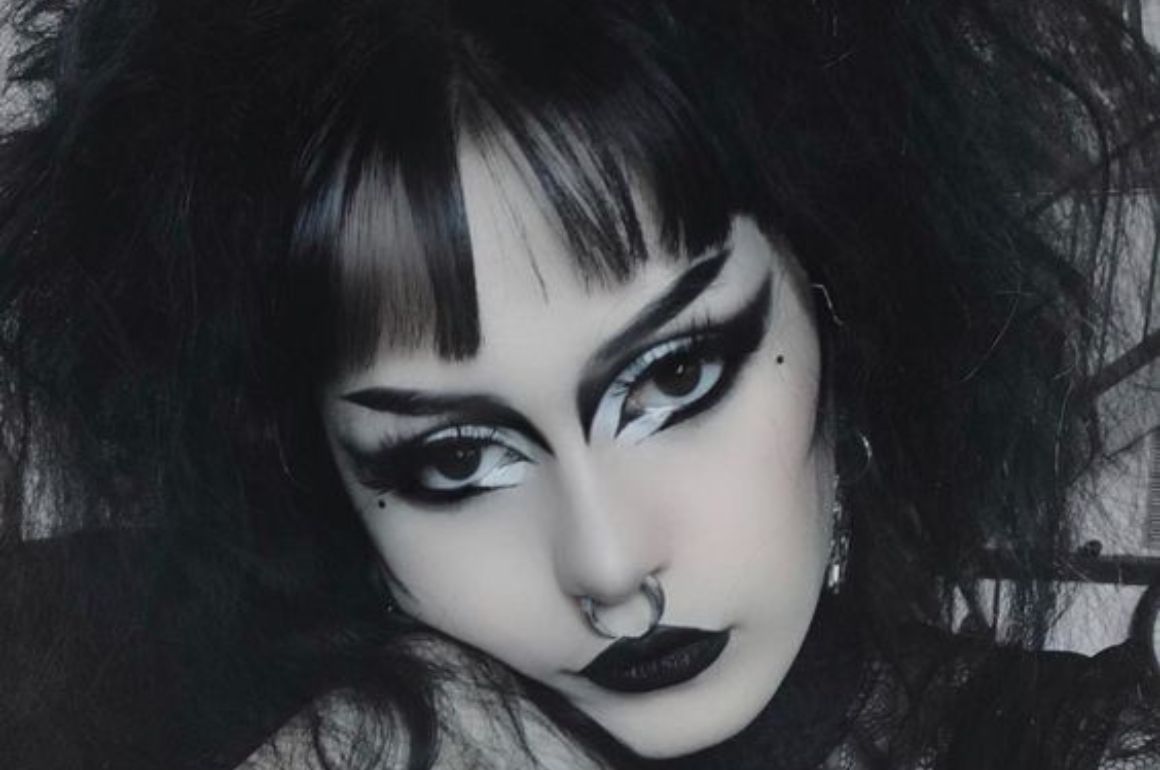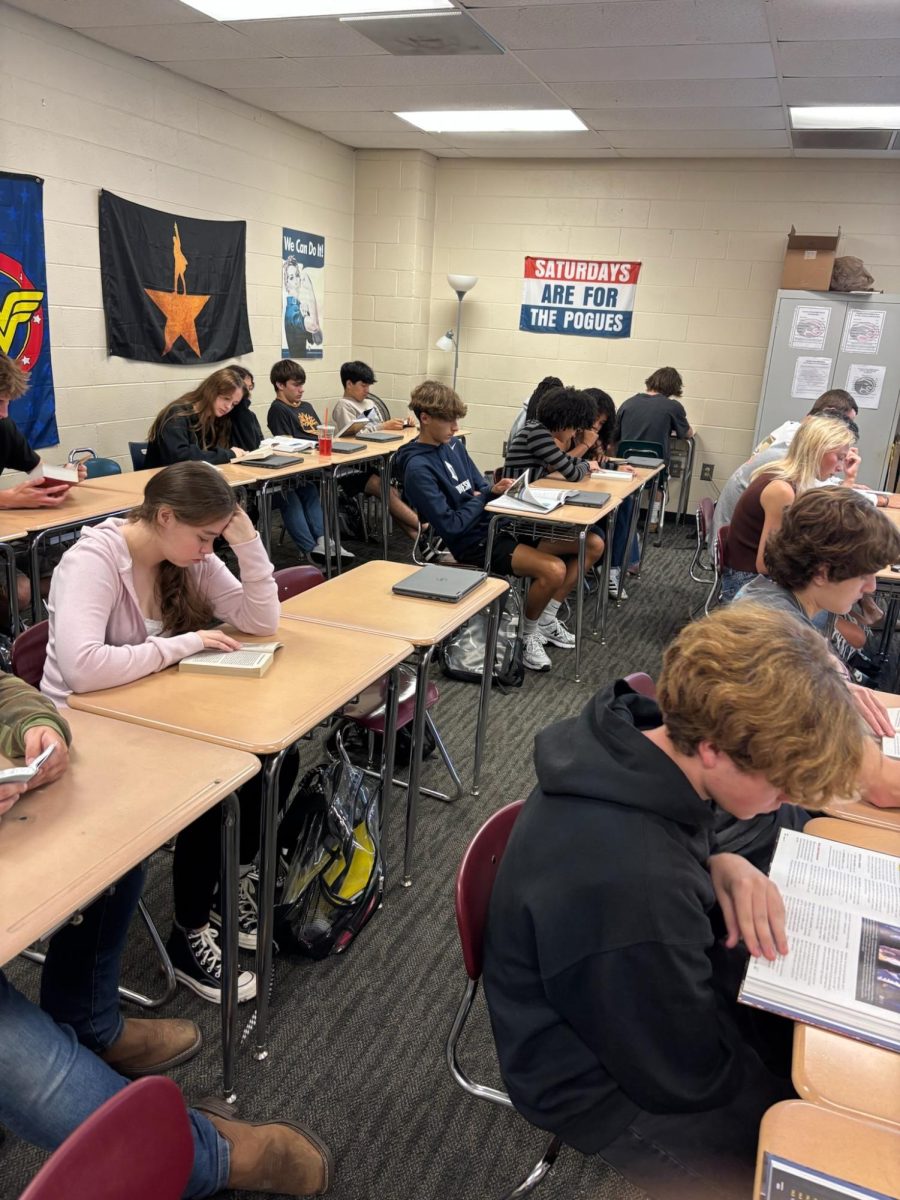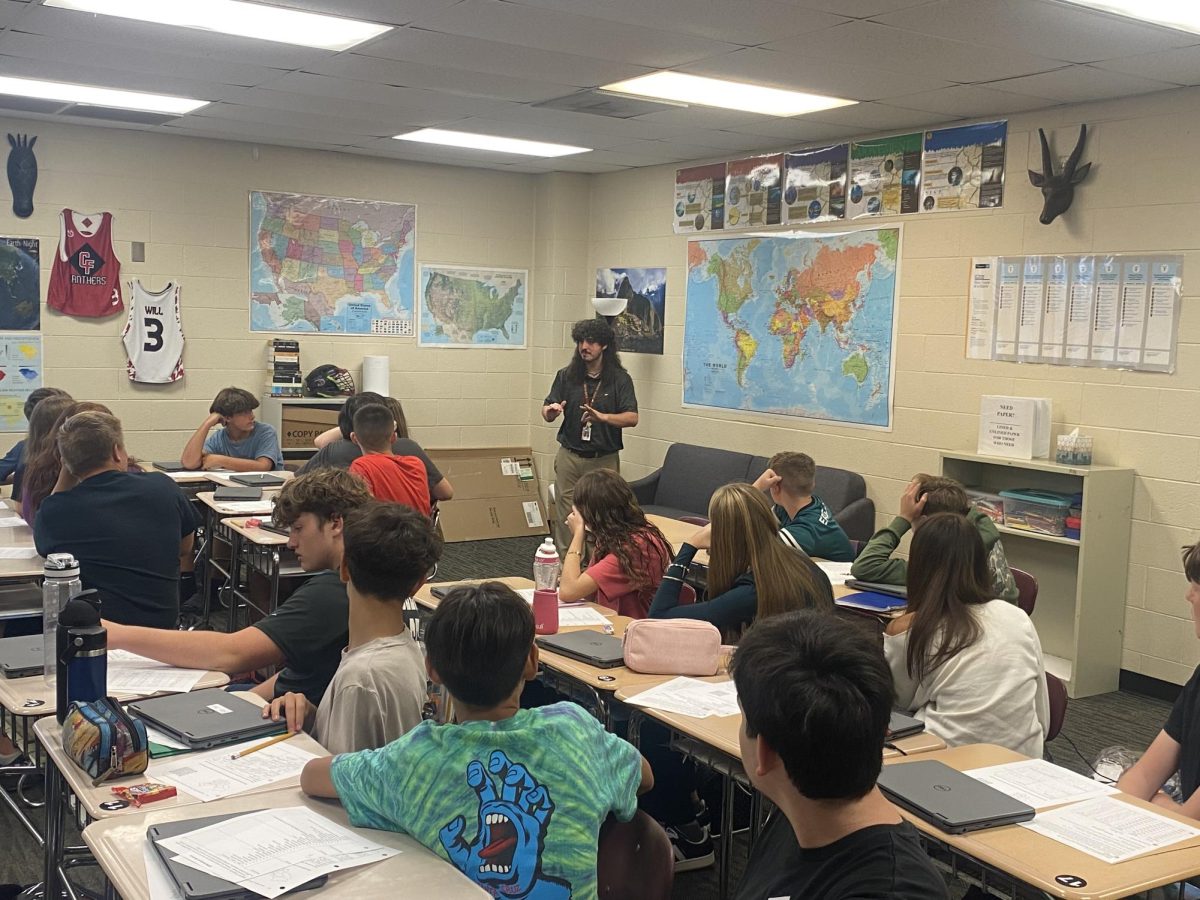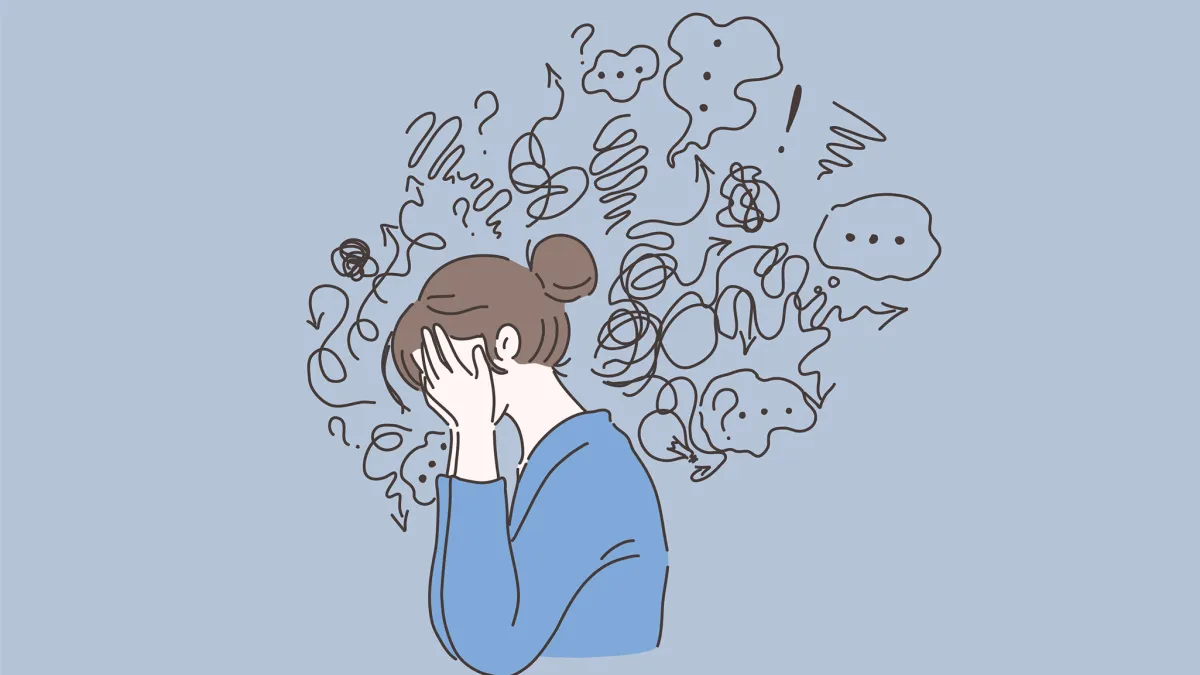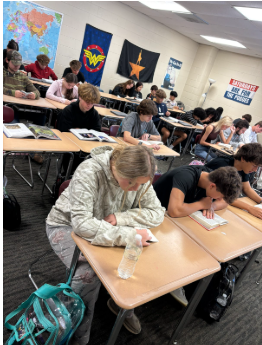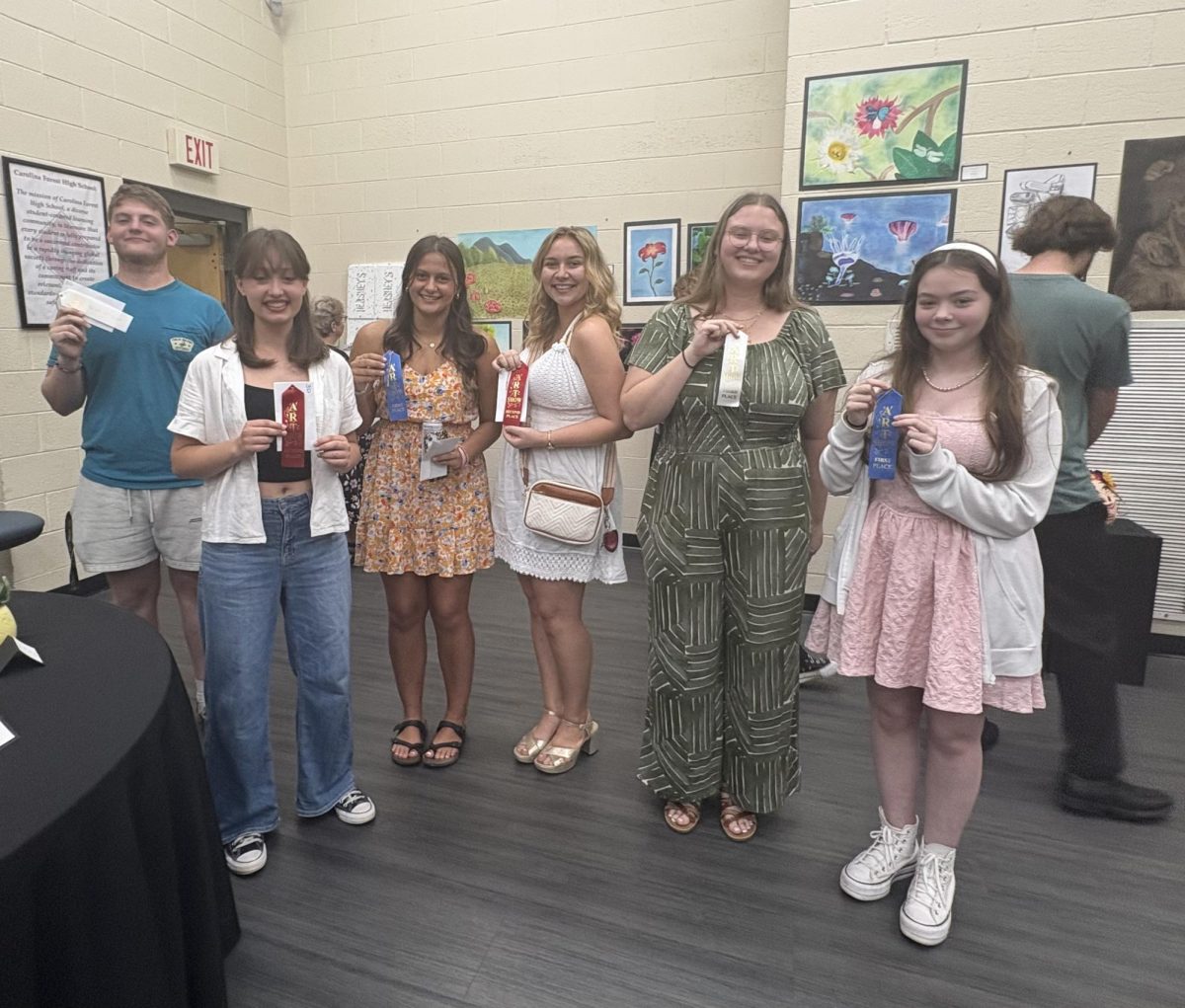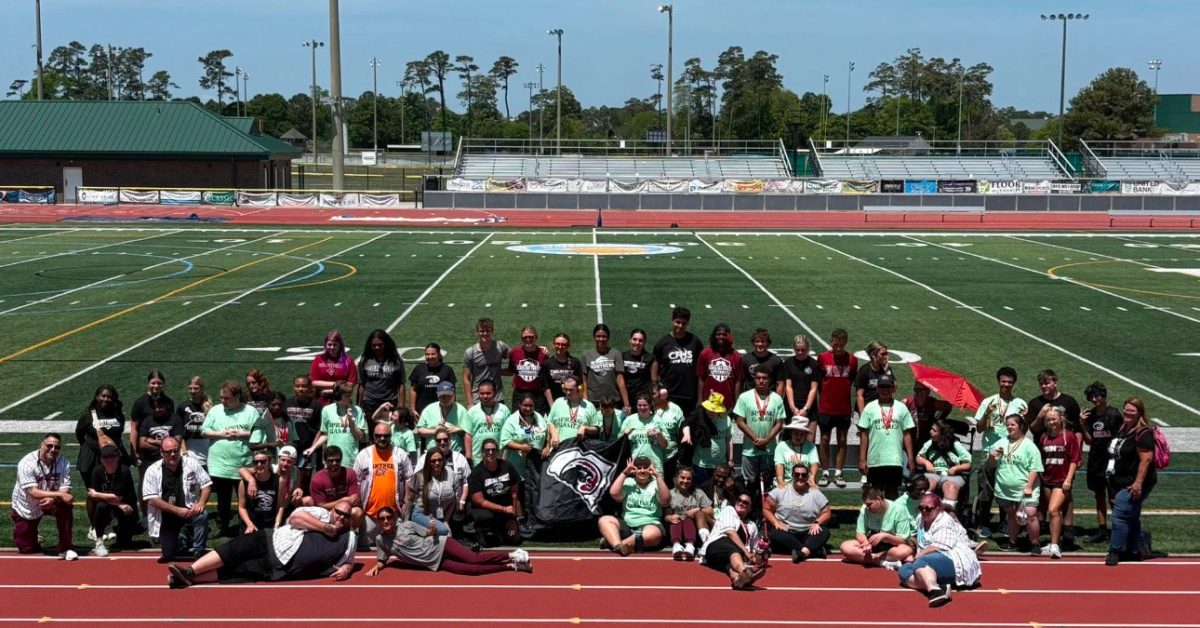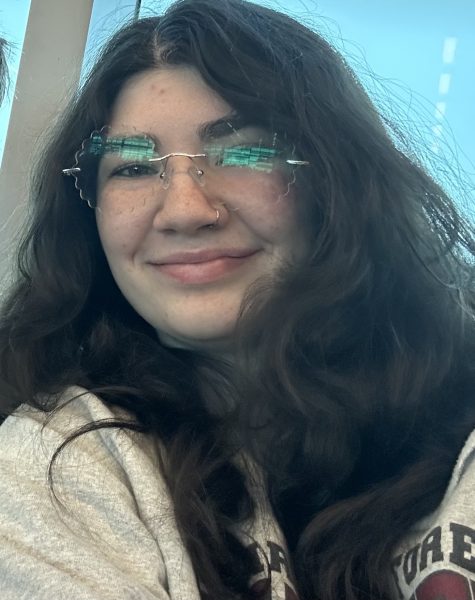In the 60s and 70s, alternative music began to emerge. It branched into countless subcultures, intertwining itself with fashion and ideals. The emergence of this culture began in the United Kingdom, quickly impacting America as well. The self-expression in a mentality of rebellion against the norm.
Some are more commonly known compared to others such as goth and emo. Both of which have become commonly confused with each other and muddied by the simple explanation that goth is fashion while emo is music.
Neither of these wide spread statements are true as both goth and emo have a combination of both, but when it comes to being a part of the alternative subcultures, the mindset someone has is what’s most important.
Goth
The 80s came with the rise of the gothic subculture. It was, according to The Oscura, “heavily influenced by bands like Bauhaus and The Cure. Characterized by dark, dramatic clothing, lace, velvet, and a penchant for Victorian and Edwardian styles…”
It also often came attached with the idea of having a love for macabre and dark imagery. This imagery inevitably tags the name of being a devil worshipper despite the falsehood behind that accusation.
Just like anything, at its roots, goth is everything from the music to the fashion to lifestyle. A few of its most notable bands in the music part of the culture are the Sisters of Mercy, which gained traction in the 80s and 90s, The Cure, and Siouxsie and the Banshees.
The fashion, on the other hand, falls onto a large scale with many different sub-styles such as trad goth which is the most recognizable among the styles.
The Museum of Youth Culture commented on the common appearance that falls under the style of trad goth.
Among these things, they listed, “obvious dyed black hair or artificial colour, mohawks, backcombing, crimping, and make up for men and women highlighting pallid skin tones, dark eyes and lips.”
Emo
Emo had become a subject of mockery especially after the explosion it had on the internet during the pandemic. Most people called them ‘e-boys’ and ‘e-girls,’ moving away from the actual culture of being emo.

According to a discussion of the differences between emo and goth in Diffen, those who are emo are “critiques of society based on punk philosophy, post-punk, and other movements in art, music, literature…”
Apart from the ideologies based on punk, the fashion and music were both mostly popular in the early 2000s, birthing a new subculture called scene.
Scene fashion was quite the opposite from emo as it involved, according to Sofia Bierhorst from Dover High School’s Crimsonian, “neon colors, tight clothes, raccoon eyeliner, Converse, Vans, bows, studded belts, and streaks of raccoon tail hair.”
Scene was born on MySpace in the early 2000s, its inspiration from Emo being possible due to the widespread alternative subculture it had become during that time.
Another subculture that was created due to emo was midwest emo. This specific genre combines the emotional sounds of emo while also combining it with indie rock sounds as well.
Punk
The punk movement first began in the late 70s with its fashion and music standing out among the people around them. It drew in popular bands such as the Sex Pistols who were labeled as “foul-mouthed,” according to the Museum of Youth Culture.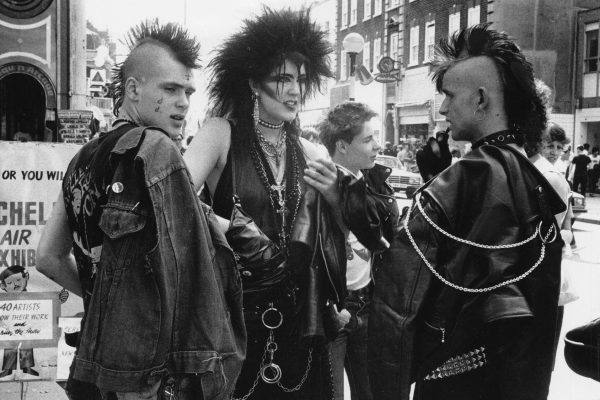
The punk ideology falls into a lifestyle rather than looking the part. Punk music often surrounded the ideologies that were supported by using imaginative, harsh music.
Many alternative subcultures pull inspiration from the punk scene, but two of the more direct ones are psychobilly and riot grrrl.
Psychobilly combines the older culture of rockabilly and punk. It can also often be referred to as horror punk. The most popular psychobilly bands would be The Cramps, The Meteors, Horrorpops, and Nekromantix, all of which usually have loud, almost frantic, music that involve a ghoulish look and sound to accompany it.
Riot grrrl is a feminist punk movement that emerged in the 90s which, politically, “blasted feminism into the future,” according to the New York Times.
The music was made to support ‘girl power’ and ‘girl love’ in combat of misogyny. Some of the more popular bands involved were Bikini Kill, Bratmobile, and Le Tigre.
Images: Google

